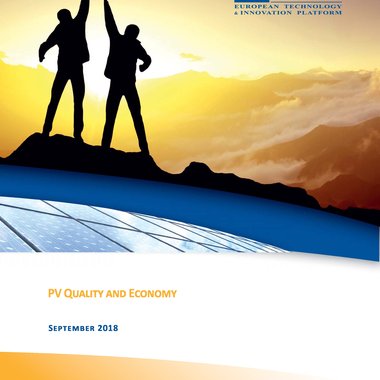
PV Quality and Economy (September 2018)
The strong growth of the PV sector is accompanied by high cost pressure, accelerated innovation cycles and dynamic deployment, clearly indicating that the quality of PV products and the holistic economy of PV electricity deserve special attention. PV is expected to deliver electricity at low LCOE, Energy Pay-Back Time (EPBT) and Product Environmental Footprint (PEF). This report defines quality as the ability of a product to meet demanding customer expectations while focusing on the impact of quality parameters on monetary, energy and environmental cost.
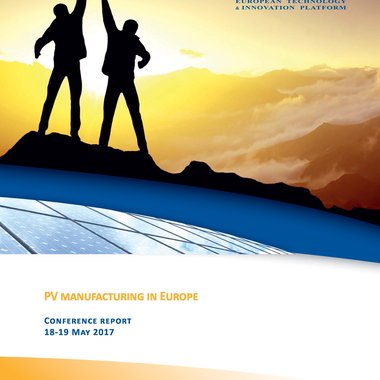
PV manufacturing in Europe: Conference report 18-19 May 2017
ETIP PV held its annual conference on 19 May 2017 on the topic ‘PV manufacturing in Europe’. The conference was preceded on 18 May by an invitation-only meeting for associations and public officials. This report is compiled from statements made at both events. It captures the key themes that were raised and, where possible, feels its way towards conclusions.
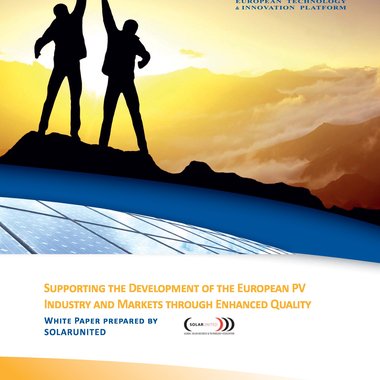
Supporting the Development of the European PV Industry and Markets through Enhanced Quality
This report shows that the position of the European PV Industry will be strengthened by focusing on quality at all levels, resulting in new jobs and a long-term sustainable future for all interested parties, including society at large.

The true competitiveness of solar PV. A European case study
This report compares the levelised cost of PV electricity (PV LCOE) with retail electricity prices in different European countries and market segments. The report shows that PV electricity is already cheaper than retail electricity in all market segments and with all realistic interest rates in many European countries like Italy, Germany, the UK, Spain, Portugal and Greece. Even in countries with moderate solar irradiation and low retail electricity price like Finland and Sweden, PV will become competitive in 5-10 years.
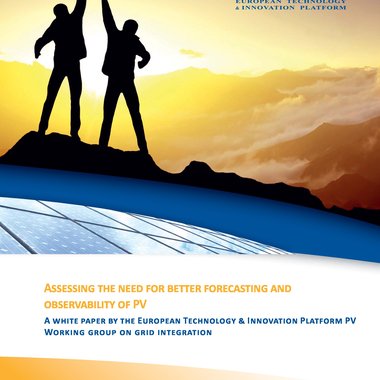
Assessing the need for better forecasting and observability of PV
In its review of the challenges and opportunities associated with massive deployment of solar PV generation, the Grid integration working group of the ETIP PV identified forecasting and observability as critical technologies for the planning and operation of the power system with large PV penetration. In this white paper ETIP PV set out to spell out in more details what features are needed from these technologies and what is the state of the art.

PV COSTS IN EUROPE 2014-2030
It has been shown that the PV module price will most likely to be halved again and BoS price will decrease by more than 35% by 2030, leading to an overall PV system CAPEX reduction of about 45%. It must be noted that this development does not require any major technology breakthroughs but is a natural cause from continuing efforts in reducing materials use, impoving efficiency and developing manufacturing processes. At the same time, PV system OPEX is expected to decrease by 30%. PV LCOE will decrease by 30-50% from 2014 to 2030, depending on the volume growth and learning rate.
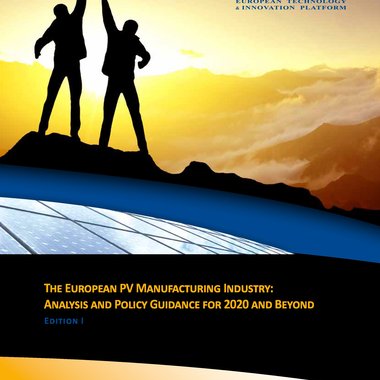
The European PV manufacturing Industry: analysis and policy guidance for 2020 and beyond - Edition I
This report records the statements made by a number of experts from Europe’s PV manufacturing industry interviewed between September 2014 and June 2016. It covers most sections of the manufacturing chain in Europe.
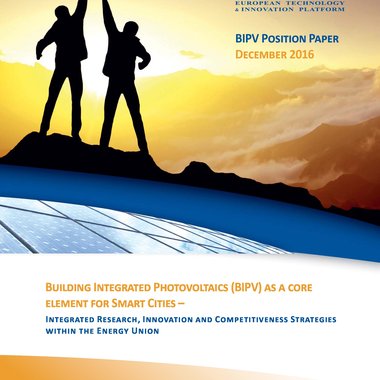
Building Integrated Photovoltaics (BIPV) as a core element for Smart Cities – Integrated Research, Innovation and Competitiveness Strategies within the Energy Union
For the development of a thriving BIPV-sector it will be crucial to see the PV-module as a building component technology than rather than a pure PV-module, delivering electricity. In order to exploit the huge economic potential of BIPV and its required close link with local building markets, it will be necessary to (re)organize the value chain, e.g. by enabling flexible ´production on demand´ by the BIPV element producer, in the amount, size, colour etc specified in a specific building project). This position paper outlines Strategies for integrated research, innovation and competitiveness within the Energy Union in the field of Energy Efficiency in buildings & cities and BIPV.
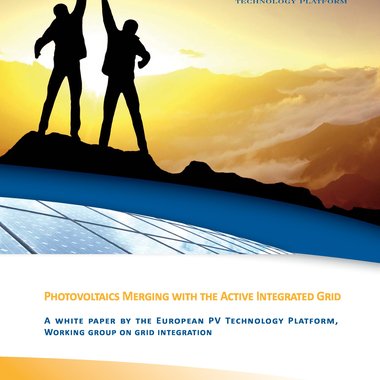
GRID INTEGRATION WHITE PAPER OF THE EU PV TECHNOLOGY PLATFORM: PHOTOVOLTAICS MERGING WITH THE ACTIVE INTEGRATED GRID
With this paper we set to clarify the terms of this discussion: how is penetration of PV into power grids evaluated? What are the current levels? Which barriers may prevent increasing these levels? Which concepts have been put forward to open these barriers? Which benefits can PV systems provide for existing and new grids?